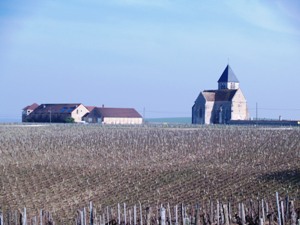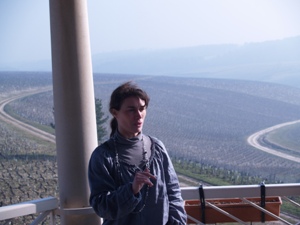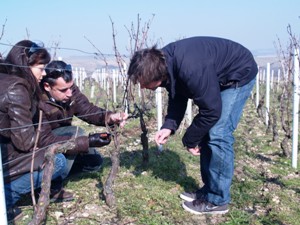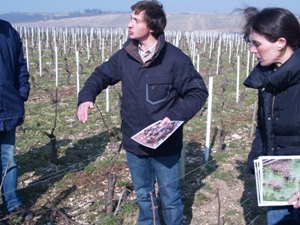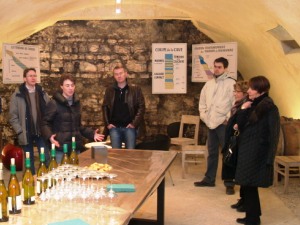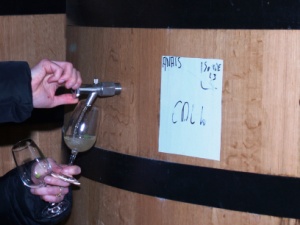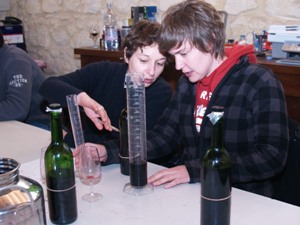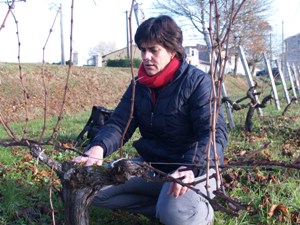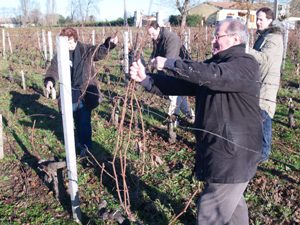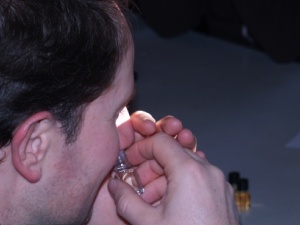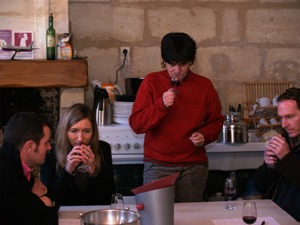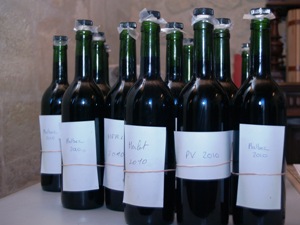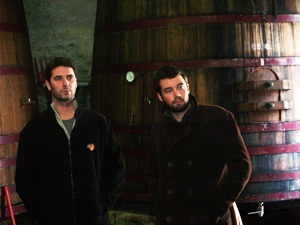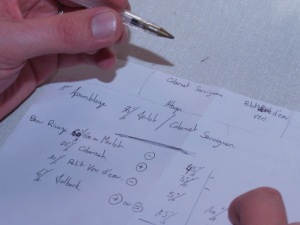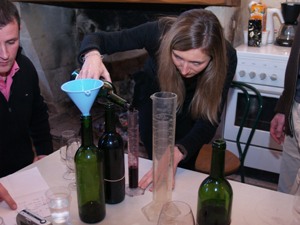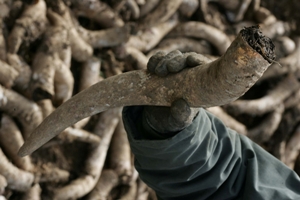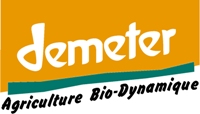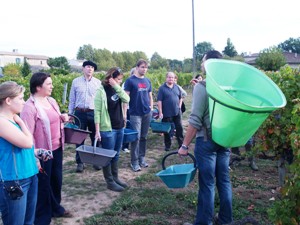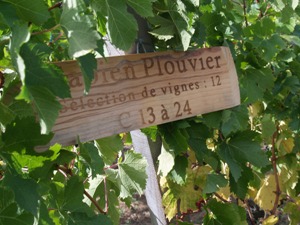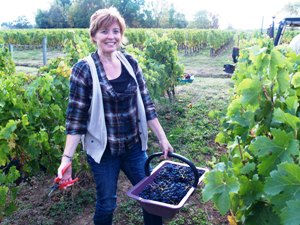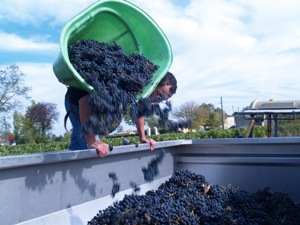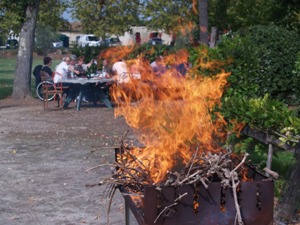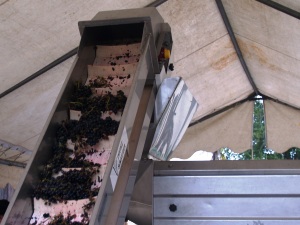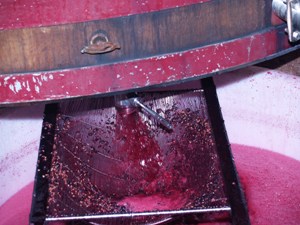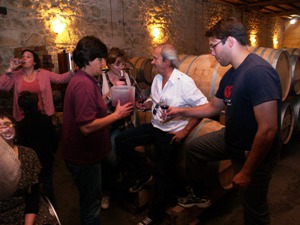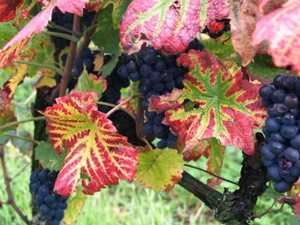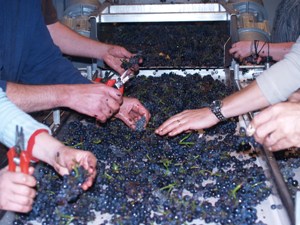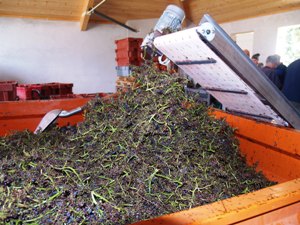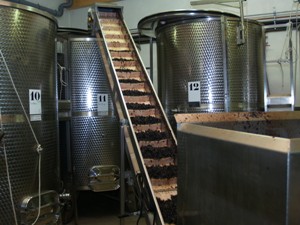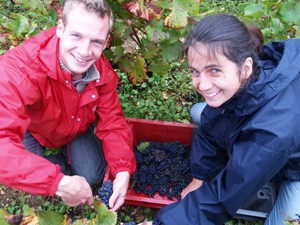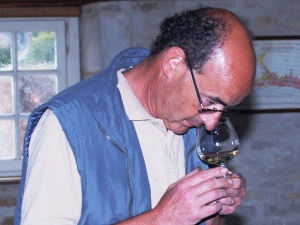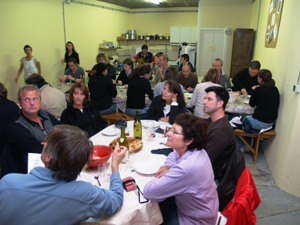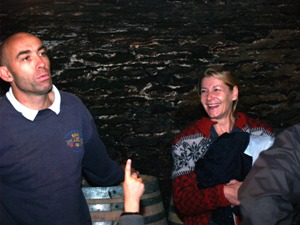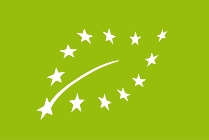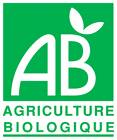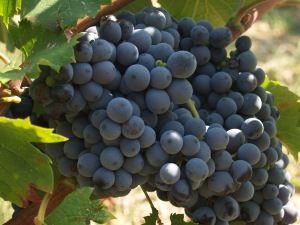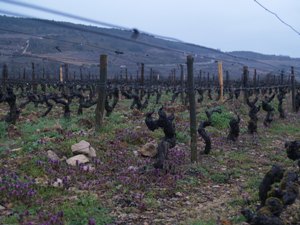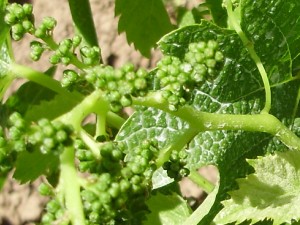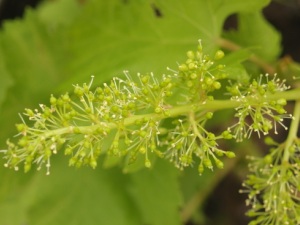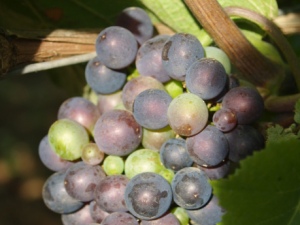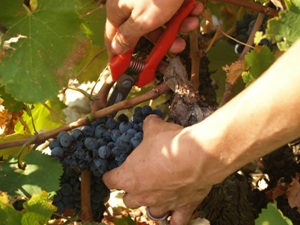Wine Tasting of the 2010 Vintage during the Vinification Experience Day at Domaine Chapelle
- Categories :
- Gifts
- Wine
- Domaine Chapelle
- Burgundy
- Wine Making
- Events
- Gourmet Odyssey
Last weekend saw us travel to Santenay in Burgundy for the Vinification Experience Days at Domaine Chapelle. During each day, we participated in an in-depth wine tasting course, alongside the winemakers, to discover the key stages of fermentation and ageing of the wine, and to better understand the notion of terroir.
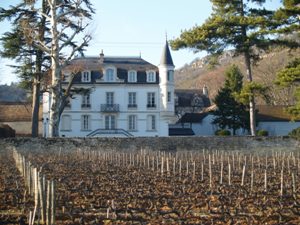
The Vinification Experience Day is the most technical oenology course of the wine experience days offered by Gourmet Odyssey, and most of the time is dedicated to wine tasting. We therefore headed straight to the cuverie (fermentation hall), and after a brief explanation of how the grapes are received and put into the tanks at harvest time, we learnt more about the fermentation process.
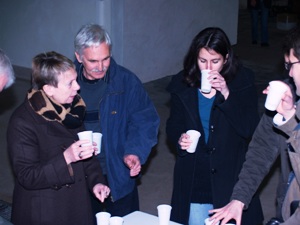
To prepare us for the wine tasting to follow, Yannick, the
Technical Director at the wine estate, had prepared a little
test: four numbered cups, each containing a sugary, acidic, salty
or bitter solution. The game was to guess which was
which. Not the most appetising drinks, but as Jean-François
Chapelle, the owner of the winery, told us, wine tasting is a
work tool! He also explained the importance of the five
senses when tasting wines; smell, sight, taste, touch and
hearing.
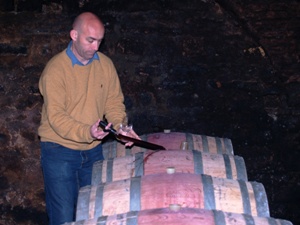
In the cellar, we began the tasting of the 2010 vintages, using a
pipette to draw the wine directly from the barrels. The
côte de Beaune region of Burgundy uses just one grape varietal in
the makeup of its wines, pinot noir for the reds and chardonnay
for the whites. The wines we tasted were chosen to
highlight the difference in terroirs and the impact that the
choice of oak used in the barrels has on the wines.
The first comparison was between wine from the same vines, from
the same vineyard plot, and of the same age, but aged in
different barrels. The second comparison showed us the
difference in terroir, comparing two Premier Crus, Santenay "La
Comme" and Santenay "Beaurepaire", which hail from two different
vineyards with differing geology and relief.
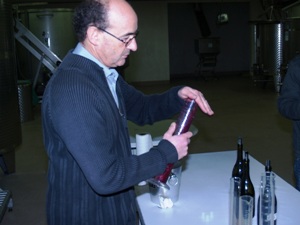
Climbing back up from the cellar, we stopped at the bottling
machine before arriving at the final test. This time we
were presented with three wines, each coming from different plots
in the same vineyard, the Clos des Cornières, where the adopted
vines of the Gourmet Odyssey clients are located. As well
as their situation, the vines also varied in age, so we could
also compare the impact on the wine. One of the wines was
more advanced in the ageing process than the others, one more
fruity, and the last had a longer finish. Using measuring
cylinders, we played with different proportions of these three
wines to make our own blends. We tasted some great blends,
but unfortunately the doses were not always remembered!
We passed the labeling machine as we headed back to the reception hall for the aperitif of Santenay white wine and gougères, a local specialty. During the meal we tasted other regional fare such as beouf boruguignonne, and Epoisses cheese, and continued the comparisons of the estate?s wines with a Clos de Cornières 2009 and 2006, an Aloxe Corton 2007, and a Chassgane Montrachet Premier Cru 2007, before ending with an old marc de Bourgogne with the coffee.
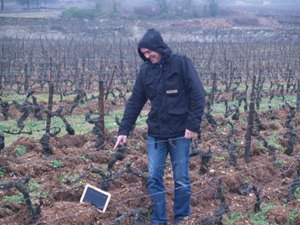
After all that, we needed to take in some fresh air! Off we
headed into the vineyard to inspect the work, and to give each
person the chance to (re)introduce themselves to their adopted
vines!
Thank you to all for two enriching and enlightening Vinification Experience Days.
Link to video (video available in french language only)



